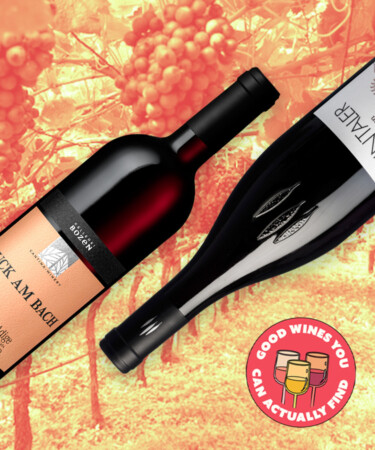When it comes to red wines, Alto Adige is a study in contrasts and possibilities.
If you want to drink lighter, mineral-driven wines, turn to Schiava or Pinot Noir. For bigger, more robust reds, Lagrein is the answer. The region also grows small amounts of Cabernet Sauvignon and Merlot — all within 15 or 20 minutes of one another.
What’s notable about Alto Adige is the diversity to be found in one of Italy’s smallest wine regions, both in the red and white wines. By necessity, there is an emphasis on quality.
“You don’t sell Alto Adige just because you’re Alto Adige,” Julia Springeth, Cantina Terlano’s export manager, tells me as we drive around some of the vineyards that supply Terlano’s wines. “It’s not such a famous region that you can produce whatever and still be sure that someone wants it.” Most producers, she adds, are “too small to be visible all around the world. And if you want to be known, you have to be good.”
The vast majority of the several hundred wine growers farm only a couple of acres or so, and sell their grapes to the dozen cooperatives that have long been the bedrock of Alto Adige’s wine production. While co-ops in other wine regions are often perceived as second-tier, the quality of the wines from those in Alto Adige can be superb.
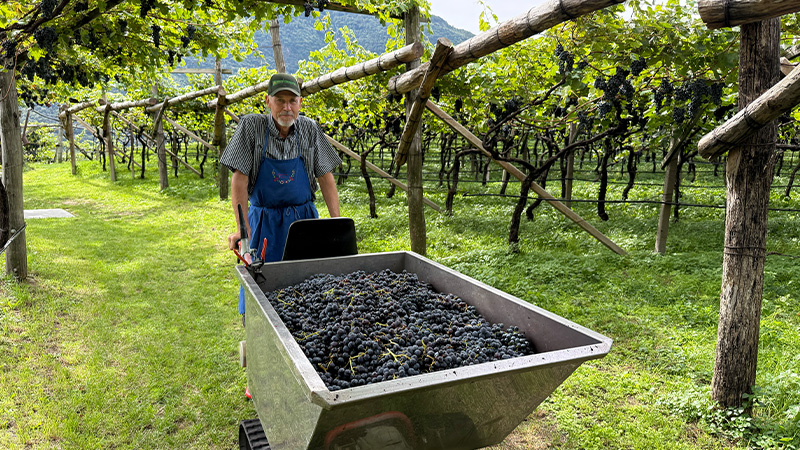
As I noted in my recent column about Alto Adige’s white wines, the region in northeast Italy is defined by the majestic Dolomite mountains that frame almost all the vineyards, which lie in a variety of soils from around 600 to 3,300 feet above sea level. Alto Adige’s warm days and cool nights make the region capable of producing impeccably balanced wines. “Alpine freshness meets Mediterranean warmth — and that makes this region special,” as Oscar Lorandi, chairman of Cantina Girlan, described it on my recent visit to the winery during the 2025 Alto Adige Wine Summit.
While Alto Adige is primarily a region of white wines, which account for about two-thirds of the production, the red wines deserve greater attention. The most familiar grape is Pinot Noir, which is 10 percent of Alto Adige’s production. I’ve included a couple of the top Pinot Noirs on the list below, and you can find some more basic Pinots I wrote about here.
While Schiava has a long history in Alto Adige — it was once 80 percent of the production — it fell out of favor as other varieties emerged. The grape, which produces wines that are light in color and mouthfeel, is enjoying a renaissance, with quality ranging from so-so to excellent.
Harald Cronst, the export and marketing director of the Kellerei Kurtatsch, notes that Schiava is the winery’s second best-selling variety in the United States after Pinot Grigio. That surprises him, he says, “because it’s a variety nobody knows. It’s not like a Pinot Noir, Chardonnay, or Sauvignon.” I suspect that the success may be tied to the fact that many drinkers are turning to lighter, “chillable” red wines.
The best Schiavas have ample acidity, some tannin structure, and good complexity. While most are simply labeled “Schiava” (or “Vernatsch” in German), the wines from the sun-drenched St. Magdalener area just above Bolzano, the capital, are among the best examples of the variety.
“This place is very warm, protected by the mountains against the north winds, and for this we have a very special climate for our wine,” says Josephus Mayr, a winemaker and chairman of the St. Magdalener wine protection consortium. Almost all the vineyards use the ancient pergola vine training technique to protect against too much sun.
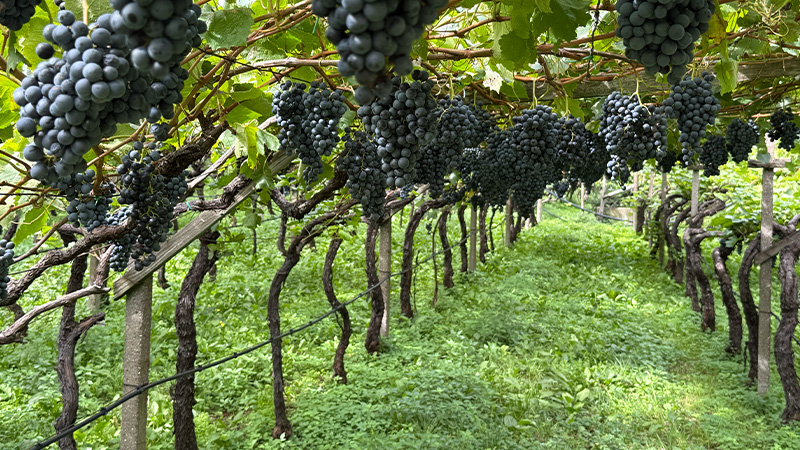
In a tasting of more than 20 St. Magdalener Schiavas, I understood why some have been compared with Barolos and Barbarescos, if somewhat simpler. The wines are marked by their freshness and ripeness and come into their own when slightly chilled. They can be enjoyed with many lighter dishes, including fish. Many are blended with small amounts of the fuller-bodied Lagrein variety, which is often grown among the Schiava vines.
And speaking of Lagrein, I think of it as Alto Adige’s answer to Zinfandel — dense, dark, higher in alcohol, but with the minerality that marks Alto Adige wines. It’s a wine made for beef, lamb, and venison, or perhaps a rich, meat-based pasta sauce.
It’s worth noting that in Alto Adige, which borders Austria, German is the first language, and you’ll see both German and Italian on the labels: hence, Alto Adige is also called Südtirol (South Tyrol); the Italian “cantina,” or winery, is “kellerei” or “weingut” in German; and Alto Adige’s capital, Bolzano, is also called Bozen.
Here are 10 of the best red wines from Alto Adige:
Manincor Schiava ‘der Keil’ Classico Superiore 2023
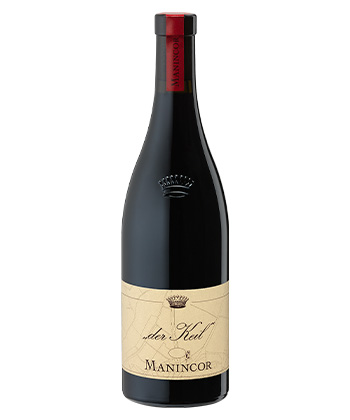
This delicious Schiava opens up nicely to reveal spicy cherry and blueberry notes with hints of red licorice and leather. The grapes are grown biodynamically in one of the warmest sites in Alto Adige.
Price: $28
Buy This Wine
Abbazia di Novacella Schiava 2024
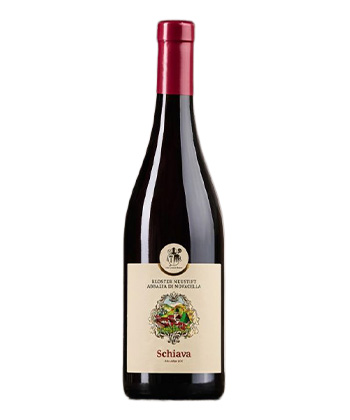
There’s nice complexity in this Schiava, with blueberry and cherry notes along with touches of red licorice, white pepper, baking spice, and vanilla. It’s lightly tannic with good acidity, making it easy to drink.
Price: $21
Buy This Wine
Cantina Kurtatsch Schiava ‘Sonntaler’ 2023
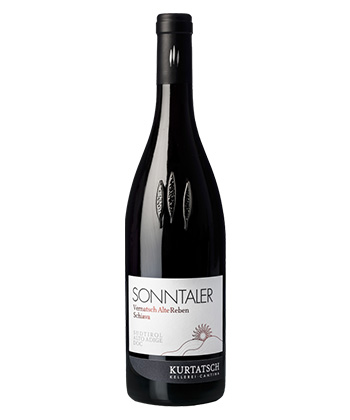
Notes of both red and black cherry on the nose and palate are punctuated by a touch of pepper. Lightly tannic and with ample acidity, this wine is a great alternative to Beaujolais. (The ‘22 vintage is available here.)
Price: $40
Buy This Wine
Franz Gojer St. Magdalener ‘Vigna Rondell’ 2023
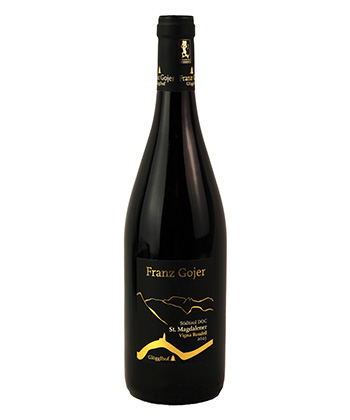
This is a lovely example of a Schiava-based wine from St. Magdalener with great balance and refreshing acidity. Notes of blue fruits and leather are supported by a medium tannin structure.
Price: $30
Buy This Wine
Kellerei Bozen St. Magdalener ‘Huck am Bach’ 2023
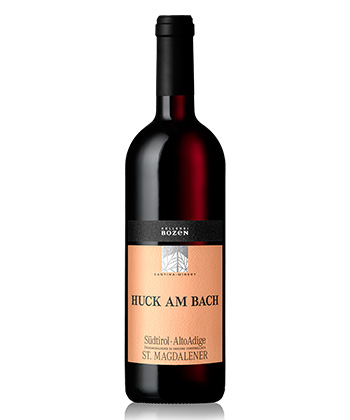
Red fruit and floral aromas announce this wine, leading to raspberry, cherry, and blueberry flavors, along with touches of vanilla and almond. It’s relatively soft and easy to drink and comes alive with a light chill.
Price: $23
Buy This Wine
Erste & Neue Lagrein 2023
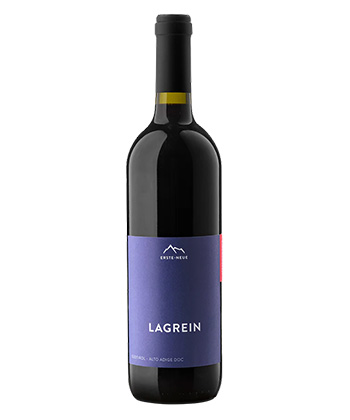
Concentrated and almost port-like, this Lagrein is grapey with ripe blackberry fruit flavors, herbal accents, and chewy tannins. Try it instead of a California Cabernet with your next grilled steak or leg of lamb.
Price: $23
Buy This Wine
Nusserhof Lagrein Riserva 2019
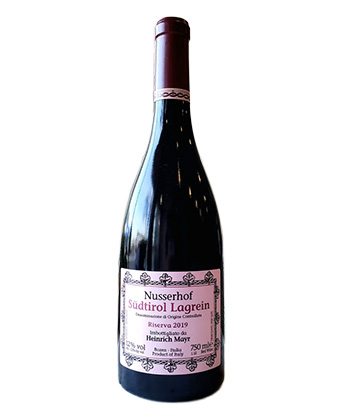
This stunning Lagrein, which ages in large oak barrels and in bottle for several years before release, is marked by dark fruit notes and high acidity. The fruit is accented by baking spice, pencil shavings, and minerals. It’s drinking well now, but it has years of life ahead of it.
Price: $52
Buy This Wine
Tiefenbrunner Lagrein Riserva ‘Linticlarus’ 2021
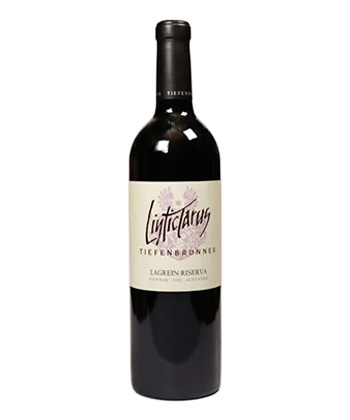
A wet-stone minerality infuses this fairly big Lagrein, which is marked by concentrated blackberry and cassis notes. Hints of cedar and cocoa make it all the more interesting.
Price: $44
Buy This Wine
J. Hofstätter Pinot Nero Riserva ‘Barthenau Vigna S. Urbano’ 2020
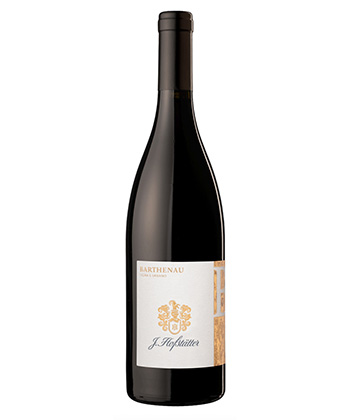
This isn’t just any Pinot Noir from Alto Adige, hence the long name. It’s from a single vineyard (S. Urbano) on the Barthenau Estate (managed by Hofstätter), and, according to the winery, in 1987 it became Alto Adige’s first officially designated single-vineyard wine. It offers plum, ripe black cherry, and fig notes with a hint of white pepper, minerals, and ripe tannins. A phenomenal Pinot Noir that can compete with many better red Burgundies.
Price: $76
Buy This Wine
Cantina Girlan Pinot Noir Riserva ‘Trattmann’ 2021
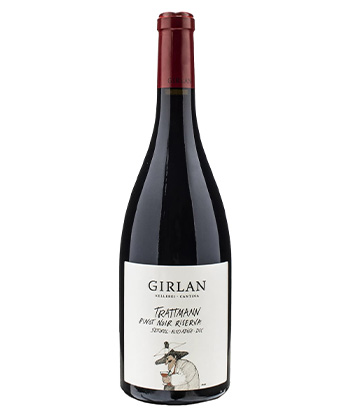
Another superb, high-end Pinot Noir, this one has dark fruit and minerals on the nose, then spicy, ripe raspberry, plum, and blueberry on the palate. Hints of red licorice and cinnamon stick provide interesting accents. Pinot Noir has long been a centerpiece of Girlan’s production.
Price: $80
Buy This Wine
Next up: Nero d’Avolas from Sicily
